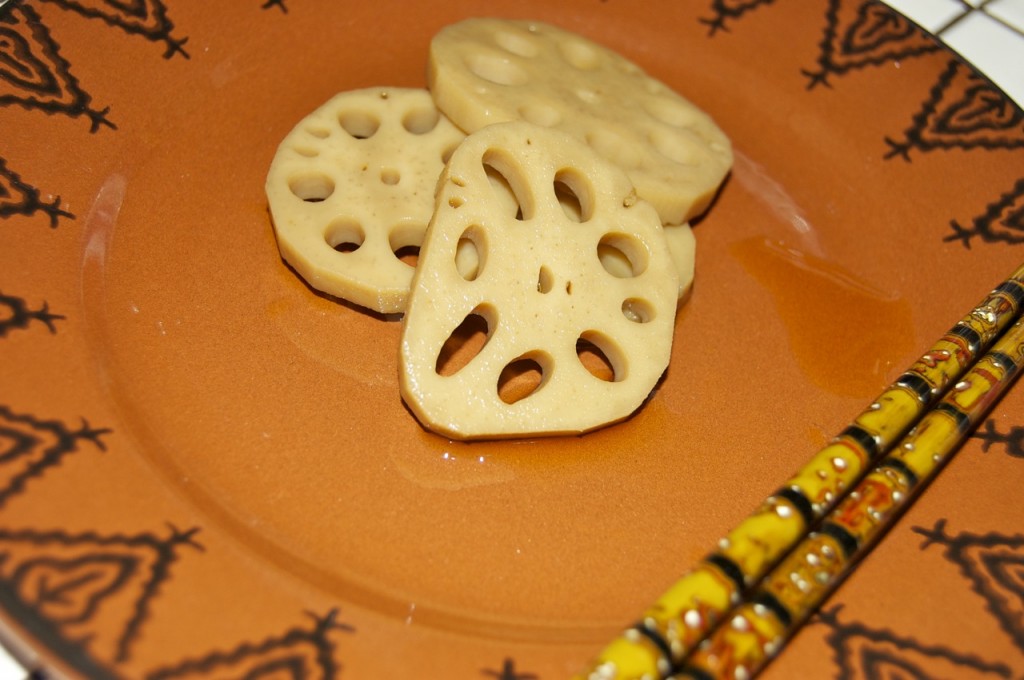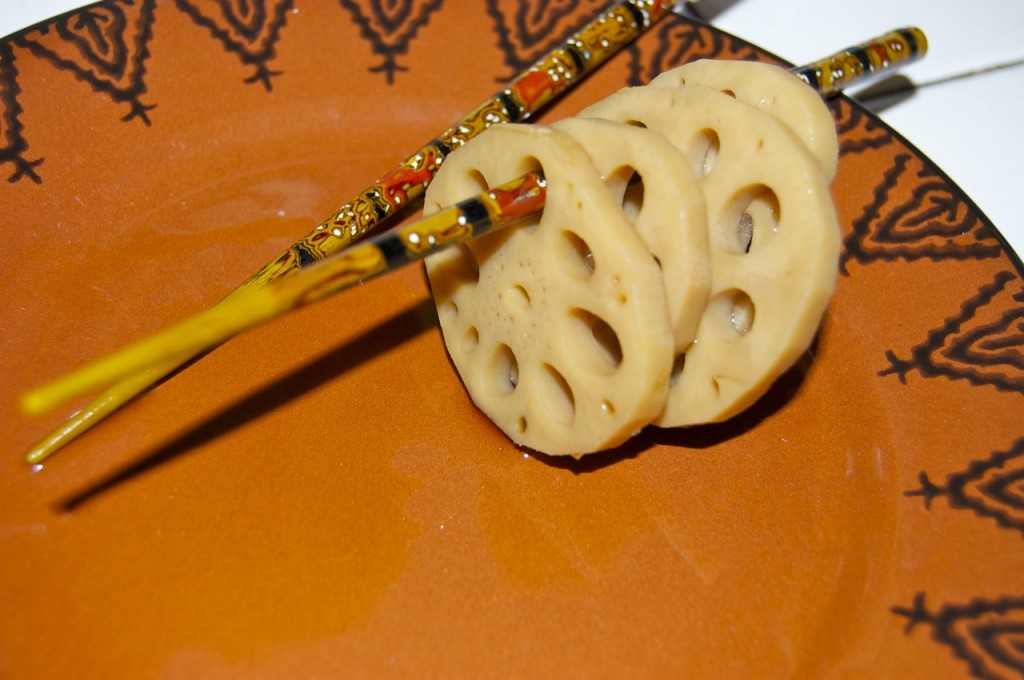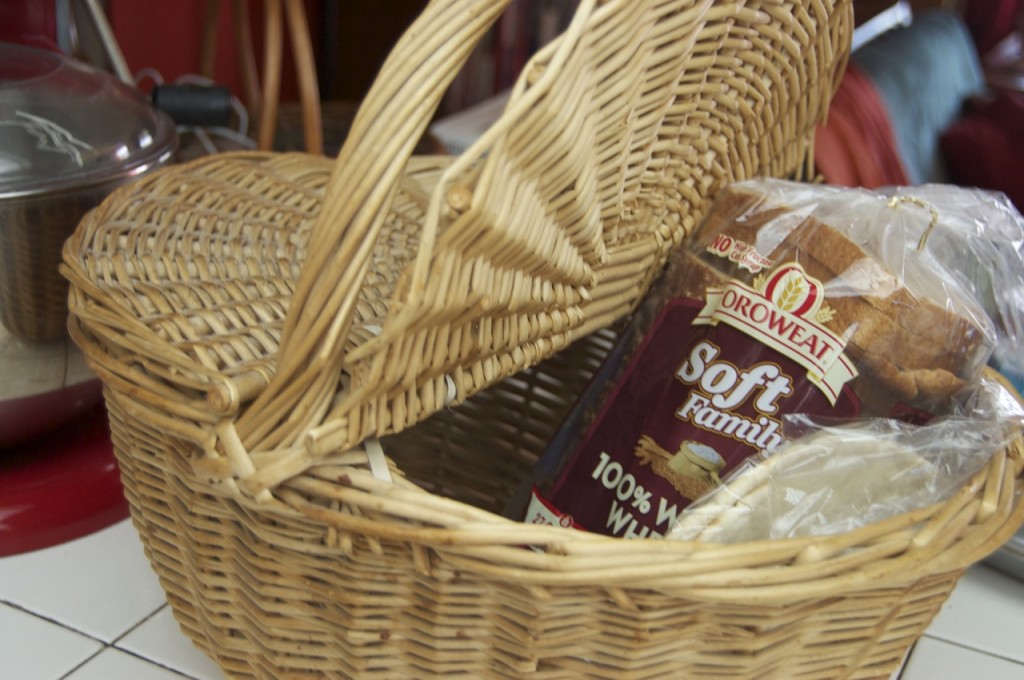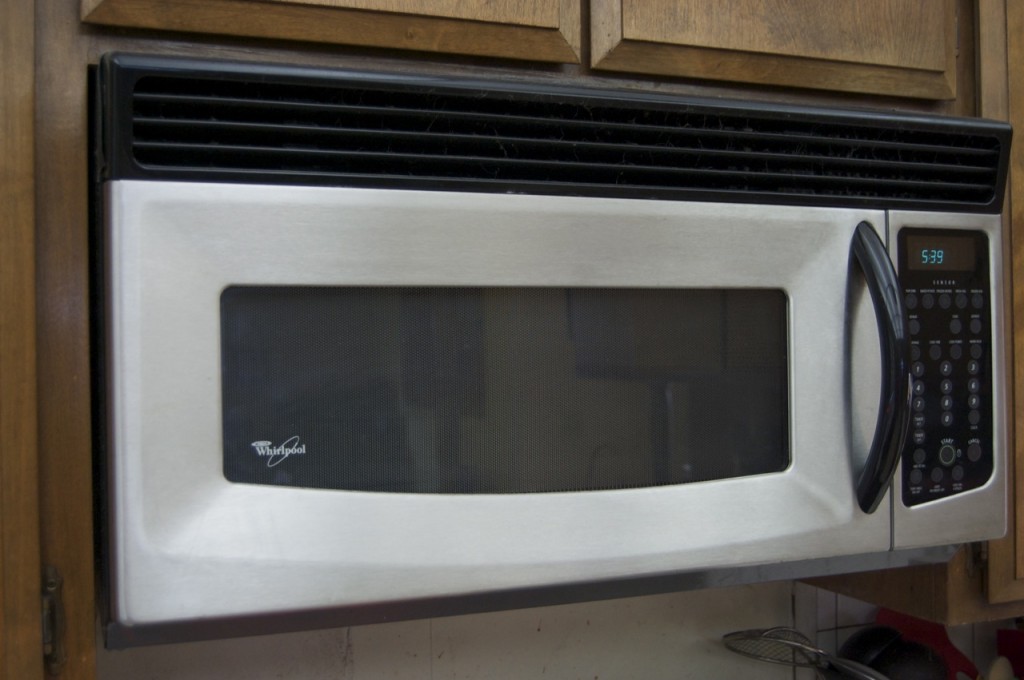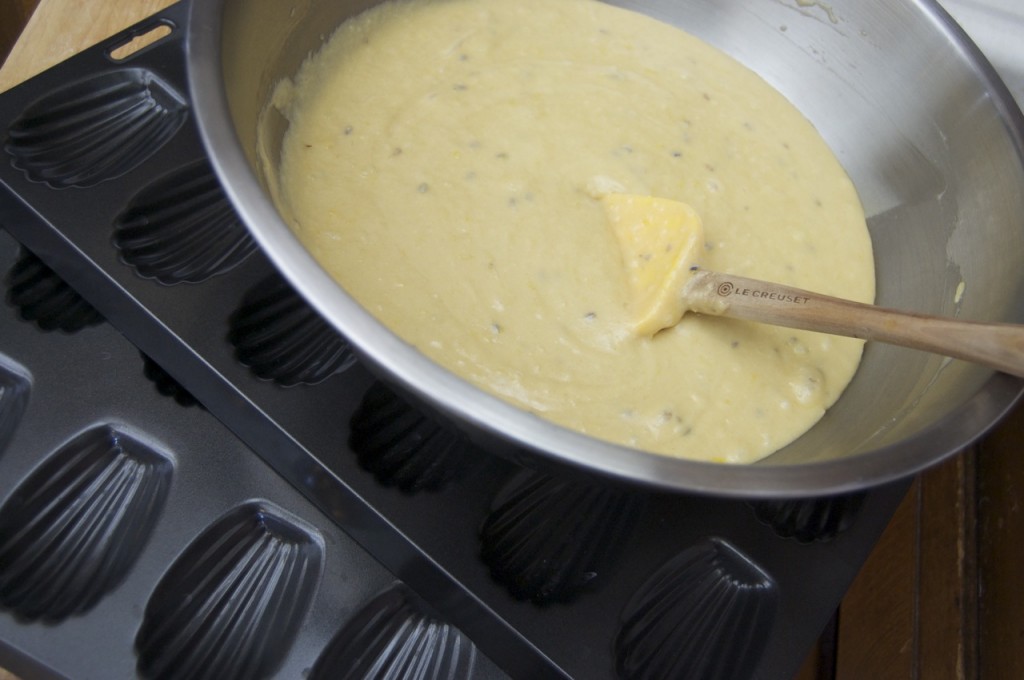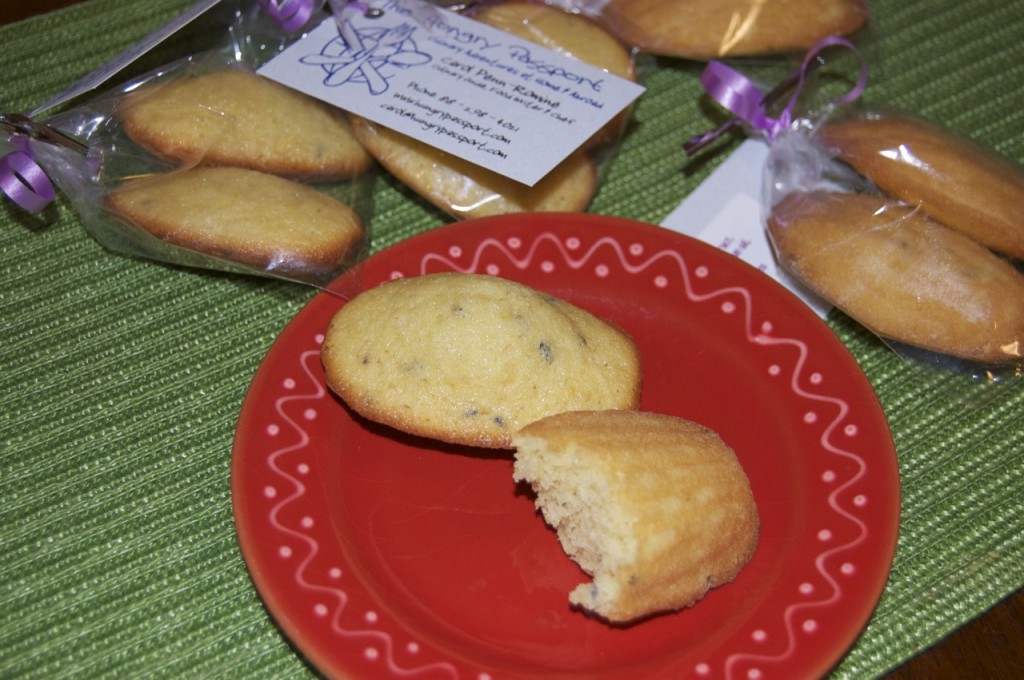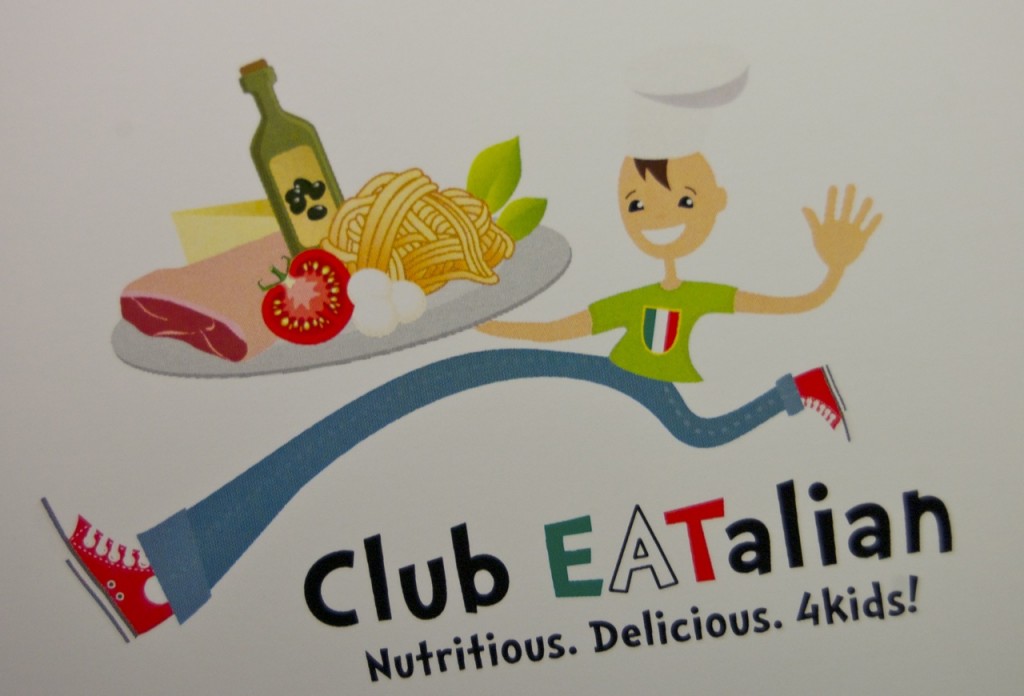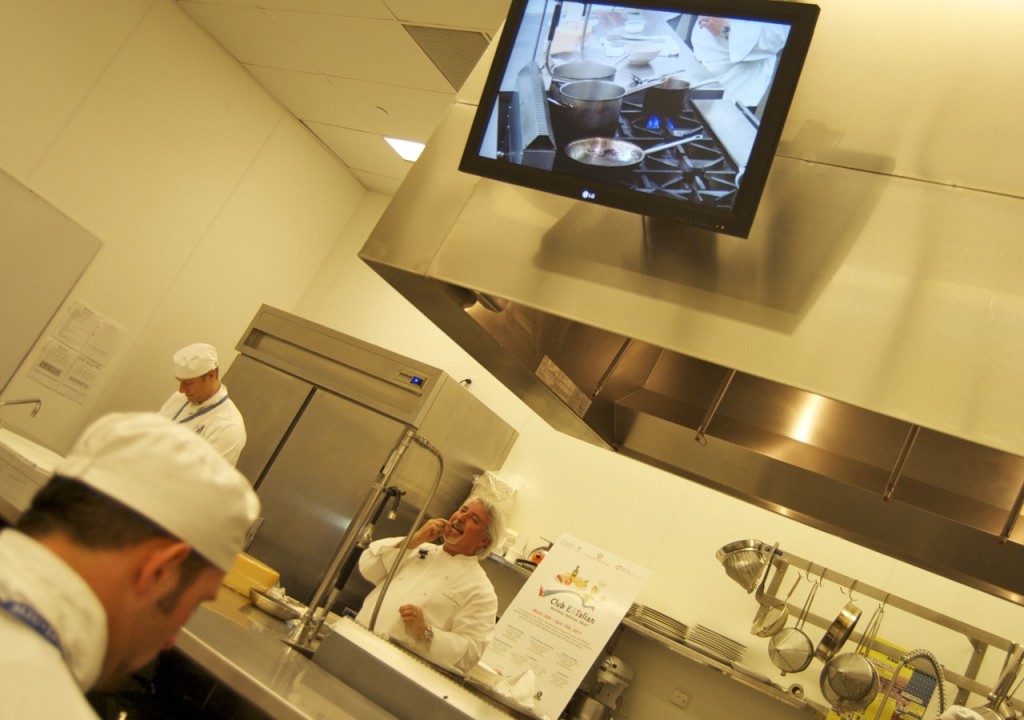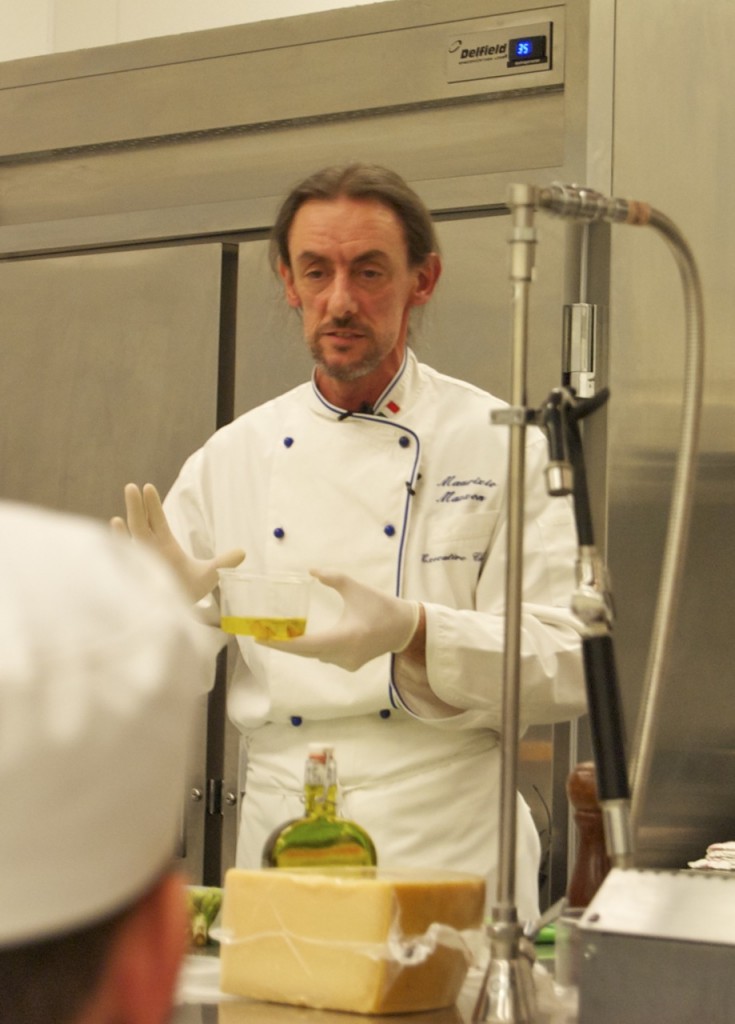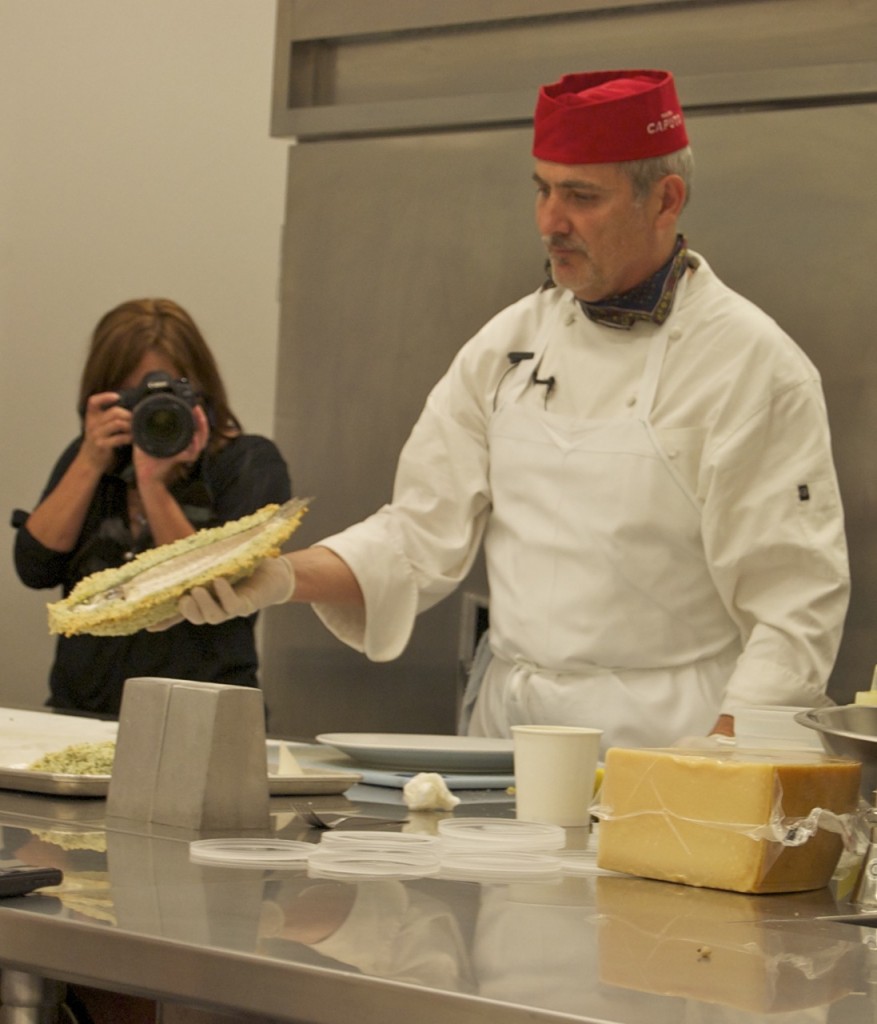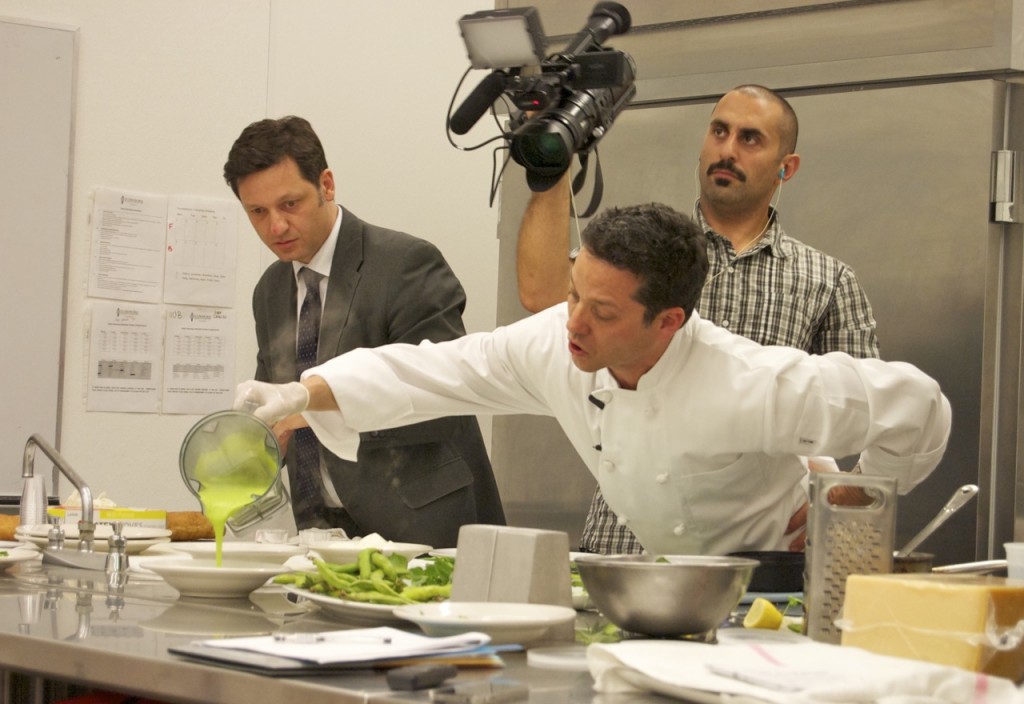Last year’s curry plant imposter rant got me thinking about yet another curry imposter, the tin of somewhat fragrant but essentially useless powder that resides in most every pantry, the tin you probably bought one day when you were feeling culinarily adventurous but then came to your senses and never actually opened. You know that tin, don’t you? Yeeesss, I thought so. I have one, too. It’s in the photo below.
To be completely honest, I have at least a half dozen of these mixtures that are aging away in the back of the cabinet, never to be used. These so-called curry blends do not reflect the myriad combinations of spices and flavorings that make Indian food so irresistible. Curry blends are like the stars in the sky, simply uncountable. For every person who makes a curry, there is at least one unique curry blend. Serious Indian cooks have several each.
What makes this chicken tikka masala so tasty does not come out of a tin or a bottle. It comes from a process of trial and error, of like and dislike, of tweak and substitute. While this particular dish was seriously hot, other equally authentic Indian dishes taste similar, but without so much heat. And others taste entirely different–heavier on the turmeric or tamarind or ginger. The point is to do some experimenting and tailor make something you like. Start with a recipe–one that includes several different spices and flavorings–and use it as a point of departure to build a blend you can cozy up to. Something you’ll make again and again, that will eventually become to be known as your curry.
A place to start: Here are a couple of recipes for garam masala that come from Charmaine Solomon’s The Complete Asian Cookbook. They’re good blends, but the idea is to make your own, so give these a try and then start messing with the proportions, perhaps even leaving out an ingredient you might not like and maybe substituting another that you do.
Garam Masala: In a small dry pan roast separately: 4 tablespoons of coriander seeds, 2 tablespoons of cumin seeds, 1 tablespoon of whole black peppercorns, 2 teaspoons of cardamom seeds (measure the seeds after removing them from their pods), 4 cinnamon sticks and 1 teaspoon of whole cloves. As each one starts to smell fragrant pour onto a plate to cool. After roasting, peel the cardamom, discard the pods and use only the seeds. Put all into a coffee grinder (clean it out first, really well!) and grind to a fine powder. Finely grate nutmeg and mix in. Store in a glass jar with an airtight lid.
Fragrant Garam Masala: Gather 3 cinnamon sticks, 2 teaspoons of cardamom seeds (once again, measure after removing the seeds from the pods), 1 teaspoon of whole cloves and 1 teaspoon blades of mace or half of a nutmeg, grated. As with the previous blend, roast all spices (except for the mace or nutmeg) separately and grind in a coffee grinder or with a mortar and pestle; then add the grated nutmeg. Store in a glass jar with an airtight lid.
These blends are great on their own or mixed together, depending on your individual taste. When you make an Indian dish, rather than using a spice blend from the store, try an equal amount of one of these. It’s best to make small batches like these, since ground spices tend to lose their punch pretty quickly. And if you’re going to season your food with tired spices, you may as well save yourself the trouble and just buy pre-made blends at the grocery. Who knows how long they’ve been sitting there?!
(By the way, I recently dug up that so-called curry plant of the other curry imposter blog post and relegated it to the green dumpster. In its place are a tomato plant and an assortment of herbs that are actually edible and good.)



